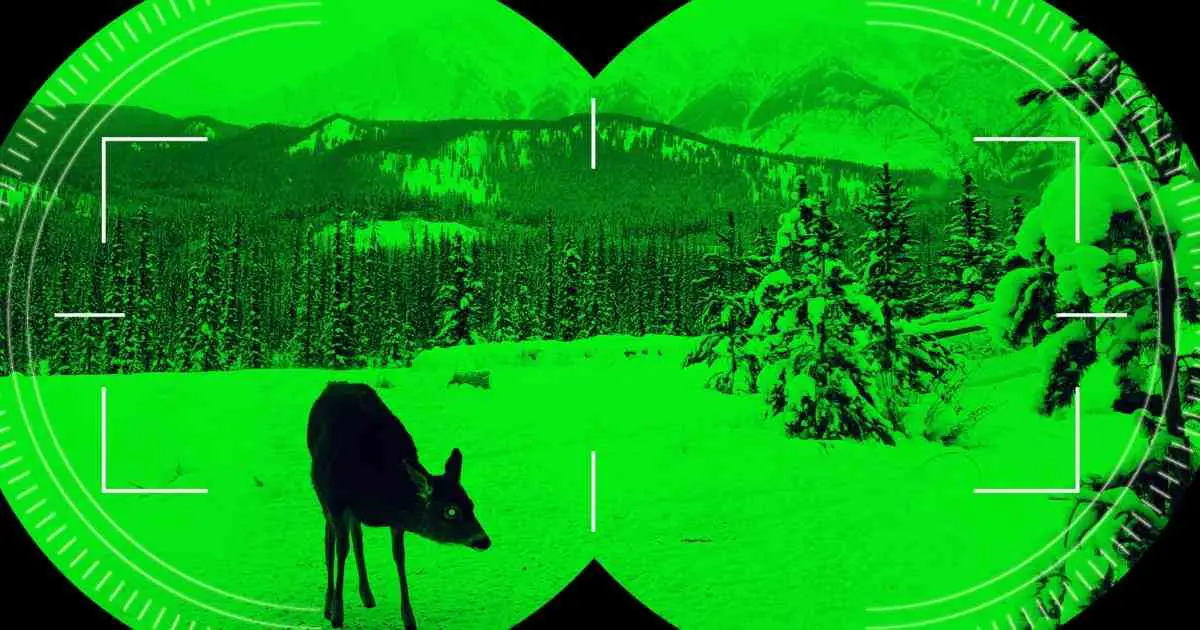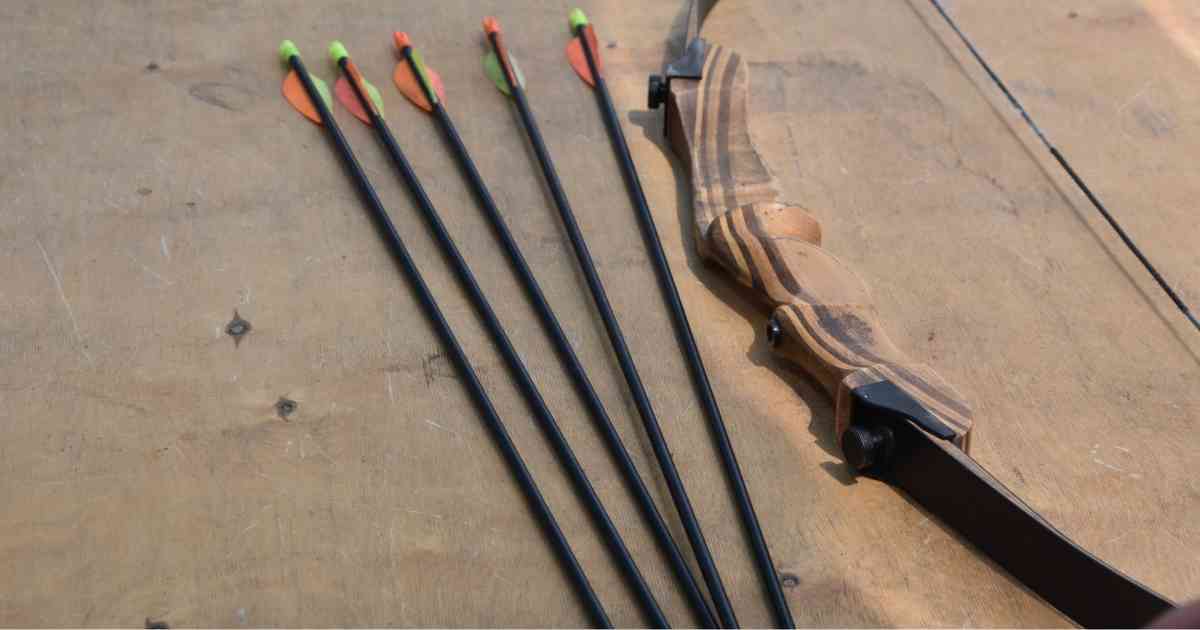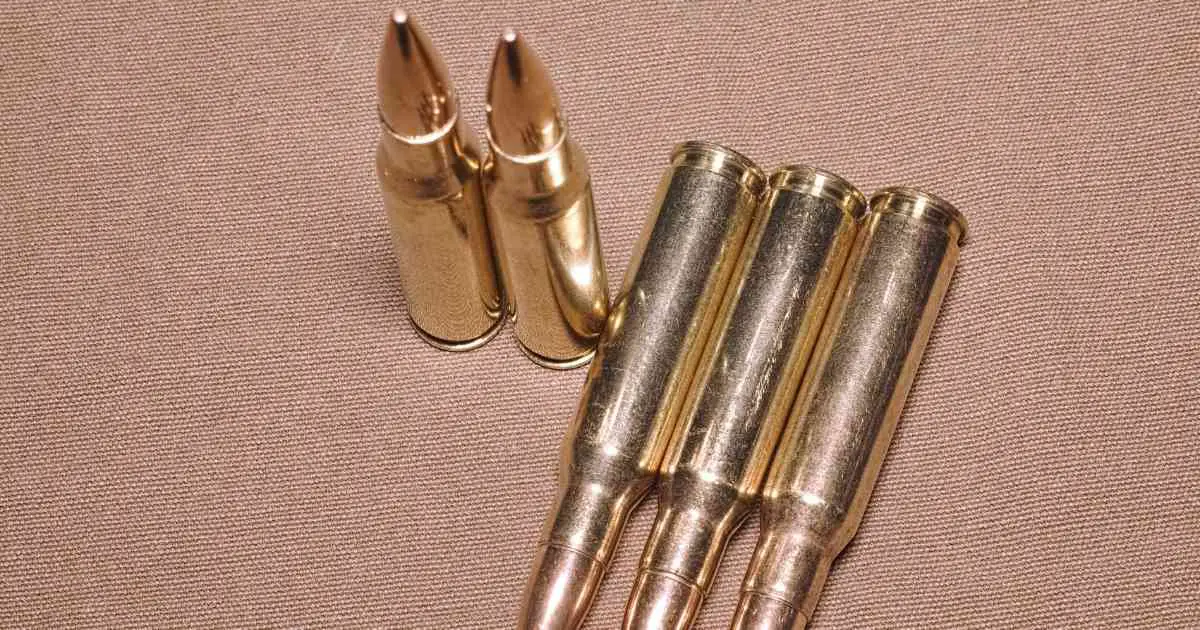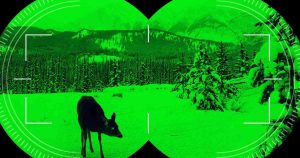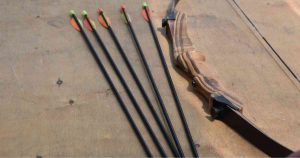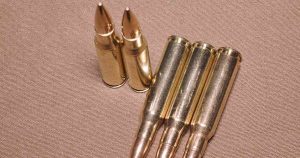If you’re out in the wilderness and come across some animal tracks, it can be difficult to determine which animal made them.
Elk and deer are two of the most popular game animals in North America. While they may look similar, there are some key differences between the two. Understanding these differences can help you distinguish between their tracks.
In this blog post, we will discuss the differences between elk tracks and deer tracks, as well as how to identify them. We’ll also provide some tips on hunting elk and deer based on their footprints!
What are Deer and Elk?
Deer and elk are both members of the Cervidae family, which includes all species of deer. The two animals are very similar in appearance, but there are some key differences that you can look out for.
Elk are the largest member of the deer family, and they can weigh up to 1000 pounds! They have large antlers that can span up to six feet across. Elk also have a distinctive call that sounds like a bugle- horn blowing.
Deer, on the other hand, come in many different sizes depending on the species. Mule deer can weigh up to 400 pounds, while white-tailed deer tend to only weigh around 150 pounds. Deer also have much smaller antlers than elk – typically no more than three feet across.
So, how can you tell the difference between elk tracks and deer tracks? Let’s take a look.
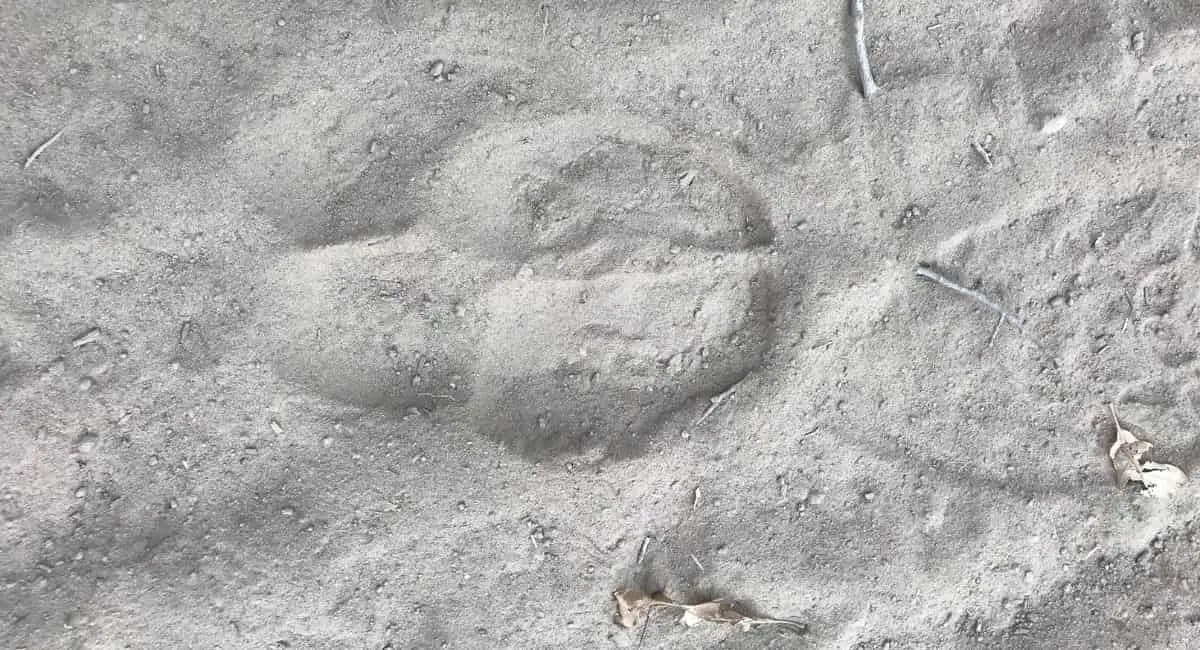
What are Elk Tracks?
Elk tracks are large and round, with a diameter of around four inches. They have two toes that point forward and two toes that point out to the side. The hooves of elk are also very concave, which means they leave a deep impression in soft mud or snow.
Elk tracks will often show the entire hoofprint, sometimes leaving a dew claw mark as well. The dewclaw is a small, claw-like toe that does not touch the ground when an elk is walking. You can usually see the dewclaw mark just below the hoofprint.
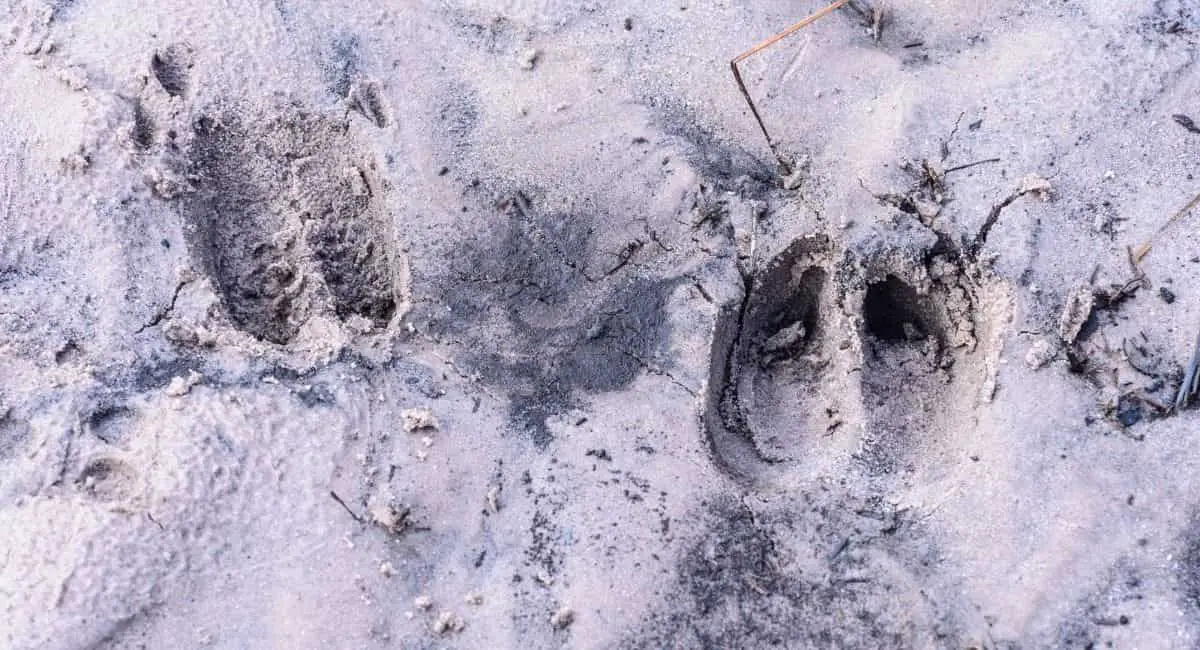
What are Deer Tracks?
Deer tracks are easily identifiable due to the large size of the hoofprints. Deer tracks can be up to four inches long and three inches wide.
The prints will generally show all four toes, but in some cases, the dew claw (a small toe on the inside of the foot) may not leave a print.
The deer’s hooves are relatively blunt and rounded, which helps to create distinct prints that differ from those of other animals.
Differences Between Elk Track and Deer Track
There are a few key differences to look for when trying to identify elk tracks vs deer tracks. One is the size of the print. Elk have much larger hooves than deer, so their prints will be correspondingly larger.
Another clue to look for is the shape of the print. Elk hooves are more oval-shaped than those of deer, which tend to be more rounded. Additionally, elk tend to leave deeper footprints than deer because of their heavier weight.
The stride of an elk is also much longer than that of a deer. Elk can take strides of up to five feet, while deer are usually only able to stride for about two or three feet.
Elk tracks can have a tooth-like appearance and are made up of two circular, parallel portions that are placed side by side. Deer tracks, on the other hand, appear to be more heart-shaped. Because of the deer’s lighter physique and gentler footfalls, their tracks can appear to be more delicate.
Finally, you can tell the difference between elk tracks and deer tracks by looking at the toe pattern. Elk have two large toes on their hind feet, while deer only have one.
Now that you know the difference between elk tracks and deer tracks, you’ll be able to identify them when you’re out in the wilderness.
Why Differentiate Between Elk and Deer Prints?
It’s important to be able to differentiate between elk and deer prints because their behavior is different. Elk are much larger than deer, so hunting these animals requires a different approach than hunting deer..
If you’re hunting elk, you’ll want to know where they are traveling and what kind of terrain they’re using. Elk prefer open areas with plenty of food sources, while deer tend to stick to the edges of forests and fields.
When tracking deer, it’s important to follow the herd. Deer travel differently than elk – they move in short bursts and usually don’t stay in one place for very long. By following their tracks, you can get an idea of where the herd is heading and plan your hunt accordingly.
Tips for Hunting Elk and Deer
Now that you know the difference between elk and deer tracks, you can use this information to your advantage when hunting. Here are a few tips to help you get started:
- If you’re hunting elk, look for areas with plenty of food sources. Elk prefer open areas where they can find plants to eat.
- When tracking deer, follow the herd. Deer travel in short bursts and don’t stay in one place for very long. By following their tracks, you can get an idea of where the herd is heading.
- Keep in mind that both animals travel differently. Elk tend to travel alone or in small groups, while deer will travel in larger herds.
Other Animals That Have Similar Tracks to Elk and Deer
Bear tracks can look very similar to elk or deer prints, especially if they’re fresh. To tell the difference, look for claws marks in the print. Bear claws are much longer than those of elk or deer, so if you see long scratches in the ground near a track, it’s probably a bear.
Coyote tracks can also look similar to elk or deer prints, but coyote tracks tend to be smaller and narrower. Look for three toes on each foot – coyotes have two front toes and one back toe. Foxes have four toes on each foot (similar to dogs), so fox prints will be different from both elk and deer prints.
Bottom Line
Being able to tell the difference between elk prints and deer prints is important for hunting these animals successfully. By knowing what to look for, you’ll be able to track them more easily and plan your hunt accordingly.
Keep these tips in mind the next time you’re out in the wilderness. Good luck!

